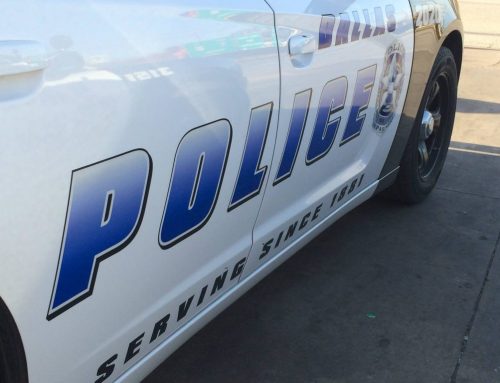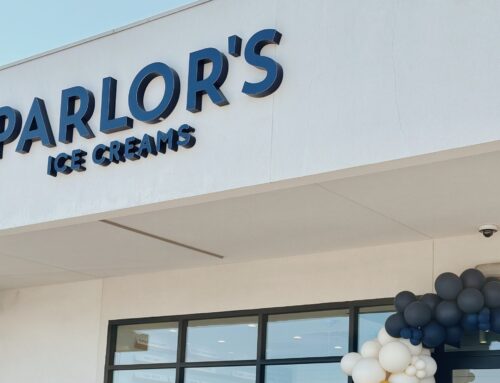
Getty Images
During the Jim Crow era in the United States, African Americans had to be careful about where they went to eat, shopped or even had their hair done. When traveling in unfamiliar cities and states (especially in the south), filling up your tank at the wrong station could have devastating consequences.
In 1936, New York City mailman Victor Hugo Green began compiling restaurants, lodging, gas stations and other establishments where it was safe for black people to visit (a similar guide existed for Jewish people in New York). The list grew to include areas outside New York City, and eventually included the entire country. The book was called “The Negro Motorist Green Book” and “The Negro Travelers’ Green Book” over the years.
In Dallas, most of the establishments in the Green Book (as it was colloquially known) were in what is today the State and Allen neighborhood and northeast downtown, which used to be a mostly African American area called Short North Dallas before highways divided the area. After reconstruction, freed slaves moved to the area for work, then known as Freedman’s Town.
But there were a couple of locations that were on our side of downtown. Last year, Mike Wilonsky eulogized Green Acres Courts at 1711 McCoy Street, which was in the guide as a safe place to stay for African Americans after it opened in 1950. The Root reported that both Ray Charles, and Etta James (who reportedly had her car repossessed while she was there) stayed at the lodging famous for its green bathroom tile. Redmon Revis and Charles Etta Jones owned the hotel, which also housed Fats Domino and Joe Louis at one point. It closed in 1978 and fell into disrepair.

This is where the Green Acres Courts used to stand.
The structure was slated for demolition years ago, and today $500,000 town homes are on the way to completion at the address off Ross Avenue.
Another hotel in East Dallas was also listed in the Green Book, called both the Howard and Lone Star Hotel at different times. It was located at 3118 San Jacinto Ave. in Bryan Place, also in in shadow of downtown just south of Ross Avenue. Today, there is no 3118 San Jacinto, just a coupleof single family homes on a quiet dead end street.
The facilities served a need for travelers in Dallas, but were regularly long term housing for African Americans who moved to a city where redlining policies created a shortage of housing for black people. The books often listed no more than 12 places to stay the night, a couple restaurants, beauty parlors and a few gas stations.
Interested readers can see most of the Green Books in the New York Public Library’s digital collection.

This home is about where the Lone Star Hotel once stood.





